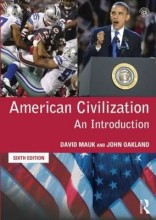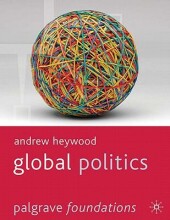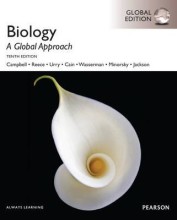Parties and party systems - Party systems - Dominant-party systems
4 important questions on Parties and party systems - Party systems - Dominant-party systems
How does a dominant-party system work?
It is competitive in the sense that a number of parties compete for power in regular and popular elections, but it is dominated by a single major party that consequently enjoys prolonged periods in power.
(Japan, South-Africa, Sweden).
(Japan, South-Africa, Sweden).
What is the dominant feature of a dominant-party system?
The tendency for the political focus to shift from competition between parties to factional conflict within the dominant party itself.
How was factionalism maintained in Japan?
Japan: factionalism was maintained at the local level by the ability of faction leaders to provide political favours for their followers, and at the parliamentary level through the allocation of senior government and party offices. The infighting may have been seen as a means of guaranteeing argument and debate in a system in which small parties were usually marginalized, in Japan factionalism tended to revolve more around personal differences than policy or ideological disagreement.
- Higher grades + faster learning
- Never study anything twice
- 100% sure, 100% understanding
Why is the dominant-party system often seen as a bad thing?
1. It tends to erode the important constitutional distinction between the state and the party in power (state officials and institutions start to adjust to the ideological and political priorities of the dominant party).
2. An extended period in power can cause complacency, and corruption in the dominant party.
3. A dominant-party system is characterized by weak and ineffective opposition (no genuine rivals for power).
4. The existence of a 'permanent' party of government may dissolve the democratic spirit by encouraging the electorate to fear change and to stick with the 'natural' party of government.
2. An extended period in power can cause complacency, and corruption in the dominant party.
3. A dominant-party system is characterized by weak and ineffective opposition (no genuine rivals for power).
4. The existence of a 'permanent' party of government may dissolve the democratic spirit by encouraging the electorate to fear change and to stick with the 'natural' party of government.
Try our study magic for free
a PDF, study it super fast
- No sign up, email or credit card needed!
- AI makes unlimited flashcards
- Get unlimited quizzes and tests
- Ask AI anything
Create a notebook
- No sign up, email or credit card needed!
- Have and keep perfect overview
- Make flashcards, notes and mind maps
- Review, test and score!
The question on the page originate from the summary of the following study material:
- A unique study and practice tool
- Never study anything twice again
- Get the grades you hope for
- 100% sure, 100% understanding
Remember faster, study better. Scientifically proven.
































